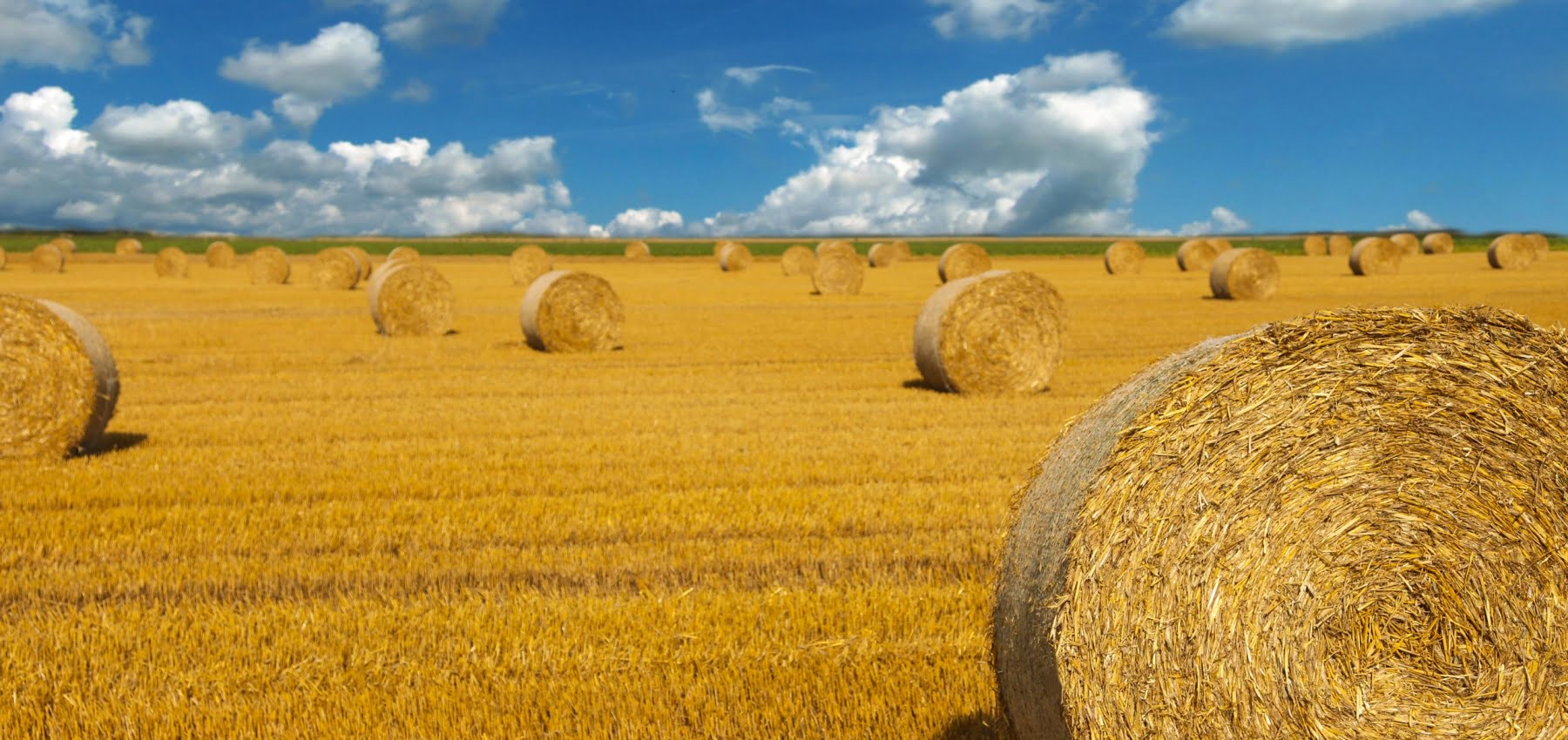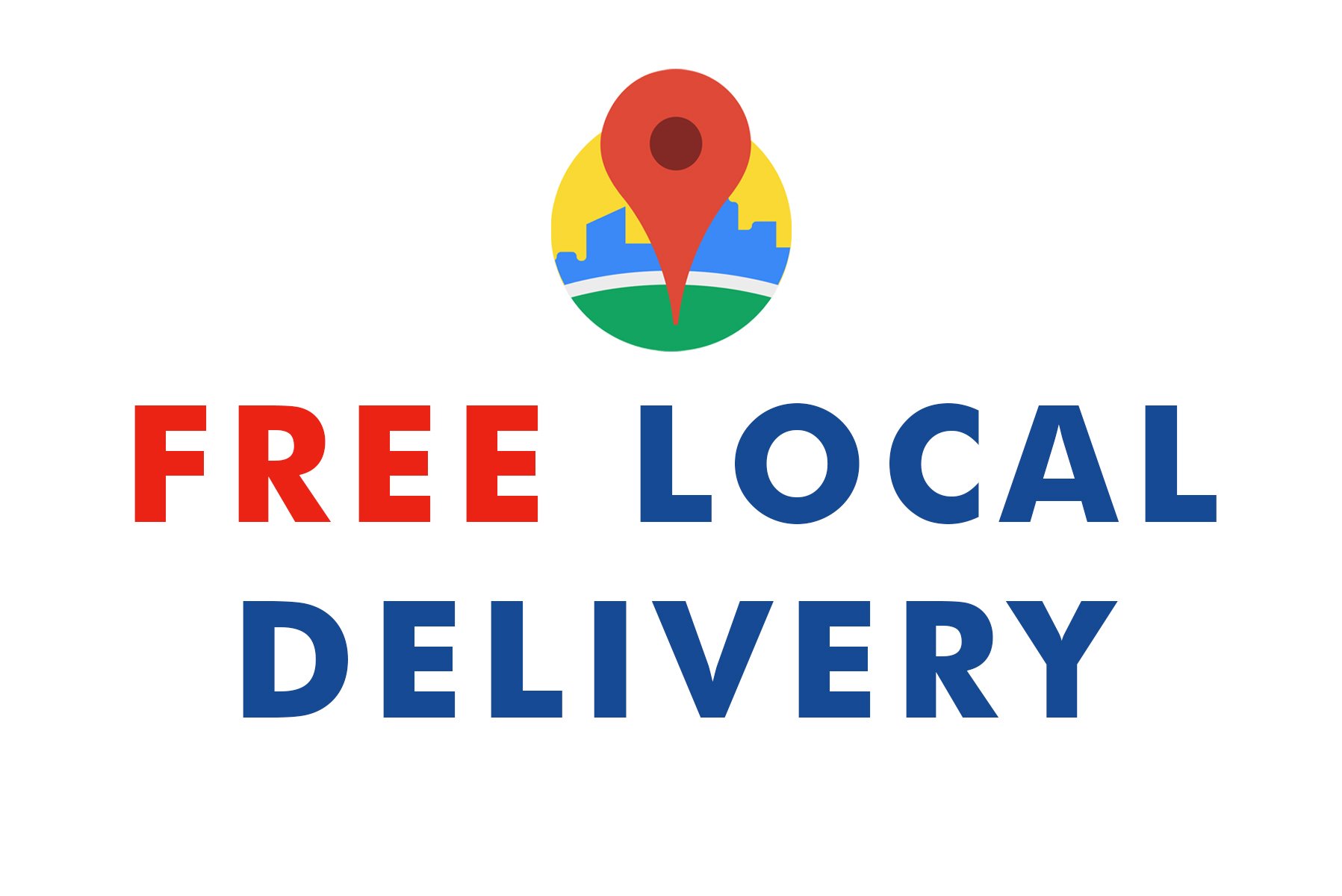
During the past 30 years, netwrap has slowly but surely become the “go-to” material for binding round bales. It is estimated that as many as 22 million bales are made using netwrap in the UK each year. By design, netwrap is very flimsy in appearance and feel, but it is manufactured to withstand the considerable pressures it endures from the baler as well as holding dense and explosive crops.
Netwrap offers several benefits. These include:
- Faster baling: Using netwrap can result in faster baling and reduced storage losses. This translates to more bales per hour and a reduction in machinery time, fuel, and working hours.
- Reduced outdoor hay loss: Strong netwrap such as Cross X-Pand Netwrap is effective at keeping bales wrapped tightly. The tight and denser a bale is, the more water it will shed since density allows less water to enter the bale, meaning you can expect less hay loss (when stored on a well-drained area).
- Reduced baling losses: Spinning a bale with netwrap takes significantly fewer times to wrap compared to Twine, resulting in less material loss dropping out of the baler.
- Bale integrity: This is great for users selling their hay. Netwrapped bales often keep their shape better and have squarer shoulders – making them more visually appealing, easier to stack and better able to withstand handling and hauling.
Product Spotlight – Cross X-Pand Netwrap

Cross X-Pand is a netwrap with a unique patented design and is the only Cross Thread Netwrap construction in the market – a new innovative double thread design great for protecting your crops.
This netwrap product is produced with a combination of knitted threads in both longitudinal (the wrap) and transverse directions (the weft). Wrap threads are responsible for holding the net when handling with forks or piled on the stacks. Weft threads are responsible for ensuring the spread of the net when the bale is formed, holding its shape when it is handled with grabs and on the stacks when stored. The performance of the net is the result of how the threads behave when the bale is made.
More product selling points below:
- Improved smooth surface
- Double thread design prevents netwrap openings. With Cross X-Pand, even if the net is caught by rollers or belts, the cross-thread construction stops the netwrap from opening.
- Improved crop protection – netwrap designed to expand up to 2 inches over the edge of the bale
- Supplied with 2 friendly handles
- Manufactured under the ISO 9001 Quality Assurance System, using the highest grade of raw materials, additives, and auxiliary components. Advanced extrusion and production systems ensures every product is a guaranteed length, strength and delivers the maximum performance in usage
- Can be used with hay, silage, and straw
- Red warning strip appears on the last 50 meters of net. This helps to prevent running out of net when operators are not prepared for a roll change
- Includes a unique and distinctive roll identification, which allows for easier identification of left and right when loading the rolls as well as a unique identification when lying down the nets in the field.
Click Cross X-Pand 3600 Green Netwrap for more information.
Netwrap Bailing Tips
To achieve the best results when using a round bale netwrap, taking time to ensure that correct preparation of your machine is important. The most common problems of net splitting, tearing and unclean feed rollers arise from the net ‘laddering.’ When threads become broken this leads to a running stitch in the netwrap that eventually causes the net to separate. Here are some tips to ensure the best care for your netwrap:
- Check that the area where the roll sits is free from any dirt and debris
- Ensure that all metal surfaces the net comes into contact with are free from rust and sharp edges. If cleaning is needed, do so with emery paper
- Make sure that the net is threaded correctly. Also, where the net is fed through a series of fixed tension bars, always make sure they are clean and polished to avoid excessive friction. This can cause the net to tear
- Where two rollers are used to feed the net, it is vital that these are correctly aligned and tensioned against one another, to enable the net to feed in evenly and under the correct tension
- Ensure the feed rollers are clean of any moisture or residue
- Careful inspection of the condition of the belt joiners on variable chamber balers is very important. Take time to check for damage or worn connections as this will cause snagging and tears of the net on the bale.
Netwrap Troubleshooting
All types of netwrap will have operating problems at some point. This is usually because of baling or crop conditions, or a mis-adjustment of the baler. Below is a list of the most common netwrap problems:
Bales bursting:
- Not enough netwrap on the bale – Please refer to the netwrap manufacturing instructions for recommendations on the number of wraps depending on the crop type. For Cross X-Pand 3600 Green Netwrap, we recommend 2 wraps for silage, 3 wraps for hay and 4 wraps for straw
- Netwrap spread too wide on the bale
- Bale not coming out fast enough. It is important that the baler is in the correct horizontal angle with respect to the tractor, and the baler RPMs are setup correctly
- Chemical products (such weed killers) have come into contact with the netwrap. This can destroy the UV protection layer of the net. Also, never use an aggressive cleaning agent such as petrol or turpentine to clean rubber roller.
Net not feeding:
- Feed rollers not adjusted correctly – Ensure rollers are tightly together and adjusted uniformly
- In-correct netwrap brake tension – Check netwrap brake tension is correctly set
- Netwrap roll jammed in net box – Check core is not wet or damaged and there are no obstructions in the net box
- Bad cut from previous bale – Check brake tension to ensure clean cut of net.
Net tangling around feed rollers:
- Bad cut from previous bale – Sharpen or renew knife, and readjust brake making sure there is sufficient net tension during the cut
- Feed rollers dirty or damaged.
Net not spreading properly:
- Poor netwrap tension – Adjust brake bars or/and feeding rollers
- Obstruction in net box or path of net feeding.
PLEASE NOTE: When baling high-density bales or in severe weather conditions, more wraps of net per bale will be required. The strength of the netwrap can be badly affected by exposure to sunlight and rain when combined with external elements which contain high levels of sulphur, iron or chlorine.
For more information on netwrap, please call us on 01691 691496 or email us at info@agritel.co.uk

